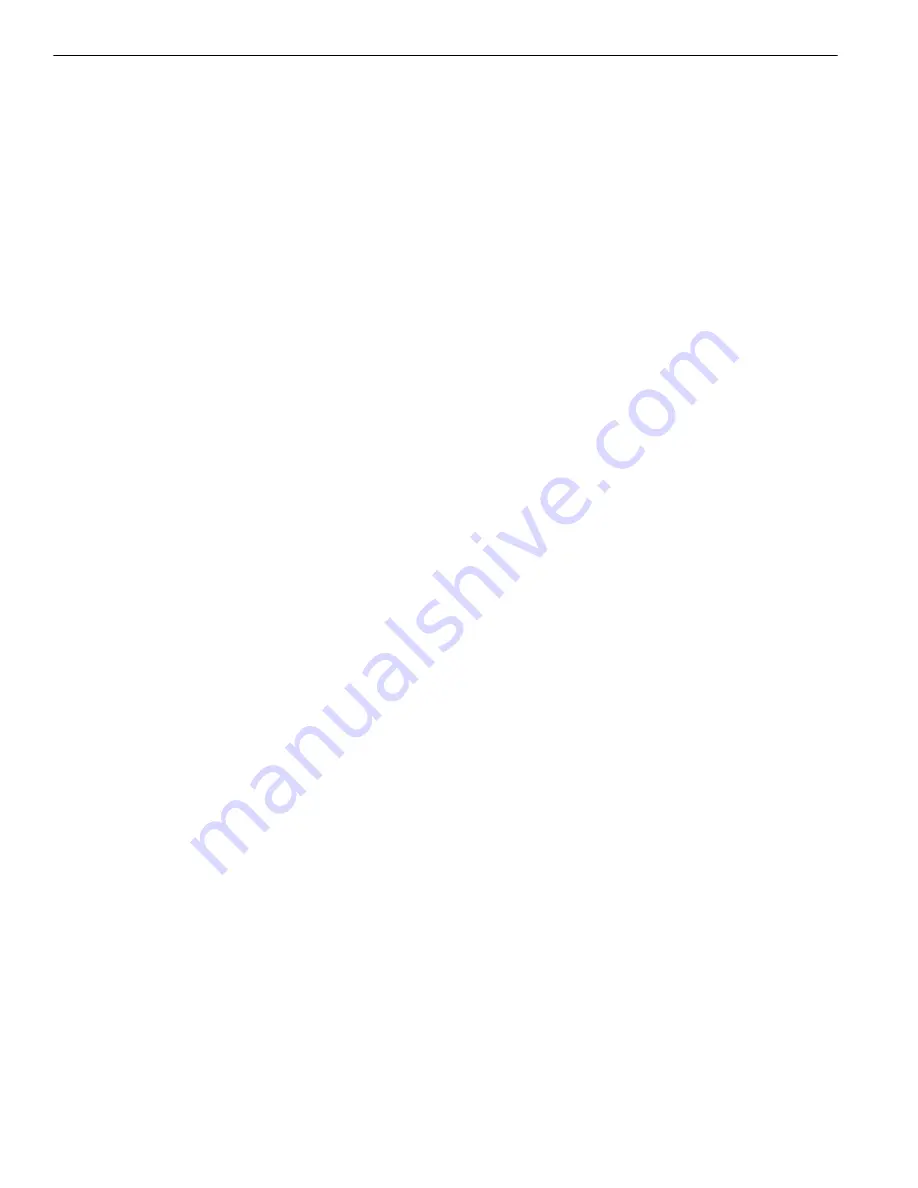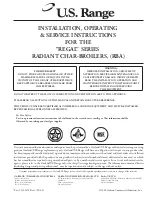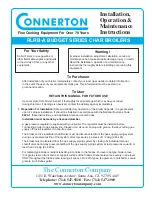
System Design Considerations
6
System Design Considerations
The Vitogas 050 is designed for closed loop,
forced circulation hot water heating systems
only.
Boiler selection
The boiler model size should be based on an
accurate heat loss calculation of the
building. The boiler selected must be
compatible with the connected radiation.
Vent damper or wall vent system
Wherever possible, vertically vent the boiler
with a properly sized chimney which meets
all local and national codes. See section
entitled “Chimney”.
Viessmann strongly recommends the
purchase of a vent damper to reduce
standby losses, improve seasonal efficiency,
and thereby preserve our environment.
If chimney venting is not possible, order a
wall vent system from Viessmann and do
not
order a vent damper.
Water quality
Treatment for boiler feed water should be
considered in areas of known problems,
such as where a high mineral content and
hardness exist. In areas where freezing
might occur, an antifreeze may be added to
the system water to protect the system.
Please adhere to the specifications given by
the antifreeze manufacturer. Do not use
automotive silicate based antifreeze. Please
observe that an antifreeze/water mixture
may require a backflow preventer within the
automatic water feed and influence
components such as diaphragm expansion
tanks, radiation, etc. A 40% antifreeze
content will provide freeze-up protection to
-10°F / -23°C. Do
not
use antifreeze other
than specifically made for hot water heating
systems. System also may contain
components which might be negatively
affected by antifreeze. Check total system
frequently when filled with antifreeze.
Advise system operator/ultimate owner that
system is filled with a glycol mix.
The heating contractor must provide an
MSDS (Material Safety Data Sheet) for the
antifreeze used to the system
operator/ultimate owner.
Chimney
For proper operation of the Vitogas boiler, all
products of combustion must be safely
vented to the outdoors, while ensuring that
flue gases do not cool prematurely.
It is critical that the chimney system be
properly designed and sized to handle the
relatively cool flue gas temperatures which
the Vitogas boiler produces.
Flue gases which cool too quickly and
produce condensation lead to damages if
the chimney diameter is too large and the
chimney system is not well insulated.
If a calculated chimney diameter lies
between two values, the larger diameter
should be selected.
Intermediate vent section
The intermediate (vertical and horizontal)
section of venting between the boiler vent
pipe collar and the chimney must be of the
identical diameter as the vent connection of
the boiler. Use the shortest possible path
between the boiler and the chimney. A
maximum of two elbows may be installed in
the intermediate section. Avoid the use of
two level 90° elbows.
The intermediate section must be sealed
pressure tight at the boiler vent pipe collar
and at the chimney connection. Ensure any
test port for combustion values is sealed as
well.
The chimney connection length between the
boiler vent pipe collar and the chimney must
be installed with insulation. We recommend
consulting a reputable chimney installer for
advice in project-specific circumstances.
Oxygen diffusion barrier
underfloor tubing
The boiler warranty does not cover leaks
resulting from corrosion caused by the use
of underfloor plastic tubing without an
oxygen diffusion barrier. Such systems must
have the non-oxygen diffusion barrier tubing
separated from the boiler with a heat
exchanger. Viessmann recommends the use
of underfloor plastic tubing with an oxygen
diffusion barrier.
Low water cut-off
A low water cut-off may be required by local
codes. If boiler is installed above the
radiation level, a low water cut-off device of
approved type must be installed in all
instances. An approved type low water
cut-off device must be provided by the
heating contractor. Do not install an
isolation valve between the boiler and the
low water cut-off.
Combustion air supply
The boiler must not be located in areas or
rooms where chemicals containing chlorine,
bromine, fluorine, or other corrosive
chemicals are stored. Examples include
refrigerants, bleach, paint, paint thinner, hair
spray, cleaning solvents, water softener
salt, etc. The combustion air must not be
contaminated with the above mentioned, or
other aggressive or corrosive chemicals.
Boiler should never be installed in areas
where excessive dust, high humidity, or risk
of frost exist. Ensure adequate ventilation
and supply of fresh combustion air.
Consult Viessmann with uncertainties in
regard to a suitable boiler installation
location.
This boiler/burner unit needs clean fresh air
for safe operation and must be installed so
that there are provisions for adequate
combustion and ventilation air. For natural
gas or propane, use the “Natural Gas
Installation Code CAN/CSA-B149.1 or
B149.2” (Canada), or “National Fuel Gas
Code ANSI Z223.1” (USA), and/or
provisions of local codes.
The sizing methods outlined in the above
codes must be used when installing a round
duct to supply combustion air from the
outside. Observe local jurisdictional
requirements.
System layout
The boiler water temperature limit is factory
set to 167°F / 75°C.
The boiler water temperature limit can be
increased by altering the adjustable high
limit to increase the supply water
temperature.
To minimize piping losses of the system
however, we recommend that the radiation
and domestic hot water production in the
system be designed for a 158°F / 70°C
boiler supply water temperature (new
systems).
Warranty excerpts
Our warranty does not cover damages
resulting from the following:
– installation or service by unqualified and
not licensed personnel
– corrosion caused by flue gas condensation
due to low boiler water and/or return
water temperatures
– operation with contaminated fill and
supplementary feed water
For detailed warranty information, please
read warranty sheet supplied with product.
5167
455
v1.2
Summary of Contents for RS-11
Page 11: ...11 5167 455 v1 2 ...






























